
Ashoka Lapham’s Quarterly
NCERT Solutions for Class 6 Social Chapter 8 - Ashoka, The Emperor Who Gave Up War NCERT Solutions NCERT Solutions for Class 6 Social Chapter 8 - Ashoka, The Emperor Who Gave Up War Last updated date: 21st Dec 2023 • Total views: 623.4k • Views today: 16.23k Download PDF NCERT Solutions CBSE CBSE Study Material Textbook Solutions CBSE Notes

Ashoka, The Emperor Who Gave Up War Class 6 Notes History Chapter 8 CBSE Labs
Ashoka is called a unique ruler because he was the most important ruler of the Mauryan Empire. He took his messages to the people through inscriptions. Moreover, he was the only ruler who gave up war after winning. Ashoka sent messengers to spread ideas about dhamma to other lands such as Egypt, Syria, Sri Lanka and Greece. 6. Explain Ashoka.

Ashoka The Emperor Who Gave Up War Class 6 Question Answer ncert class 6 history chapter 7
CBSE Class 6 History Chapter 7 Ashoka, The Emperor Who Gave Up War Extra Questions and Answers is available here. Students can learn and download the PDF of these questions for free. These extra questions and answers are prepared by our expert teachers as per the latest NCERT textbook and guidelines.
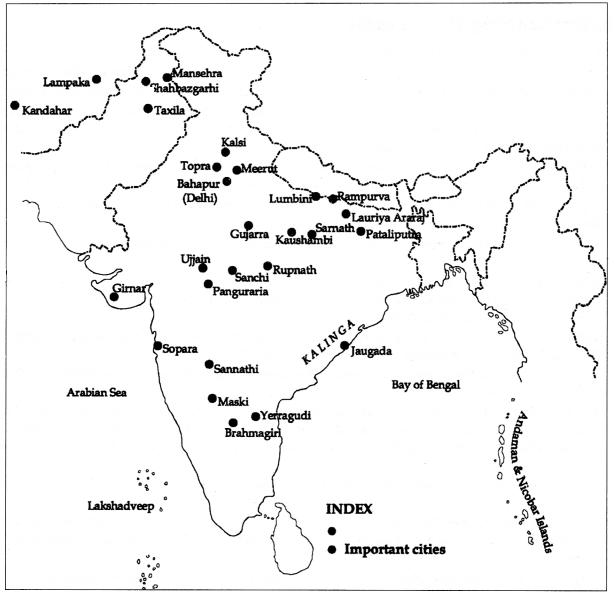
Class 6 History Chapter 1 Extra Questions And Answers What
Free PDF download of Important Questions with solutions for CBSE Class 6 Social Science Our Past Chapter 7 - Ashoka, The Emperor Who Gave Up War prepared by expert Social Science teachers from latest edition of CBSE (NCERT) books. Register online for Social Science Our Past tuition on Vedantu.com to score more marks in your examination.
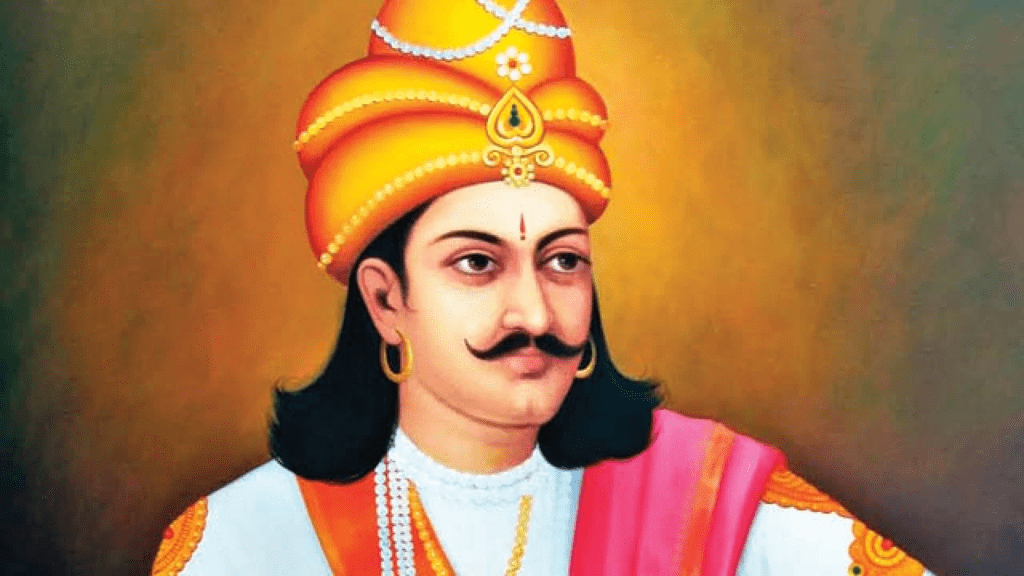
Chapter Notes Chapter 8 Ashoka The Emperor Who Gave Up War, Class 6, SST (History) EduRev Notes
1. Make a list of the occupations of the people who lived within the Mauryan empire. Ans: A list of the occupations of the people who lived within the Mauryan empire: Trade or Commerce Jobs with emperor Crafts Agriculture Animal rearing Forest produce-gathering Hunting animals for food Fishing. 2. Complete the following sentences:
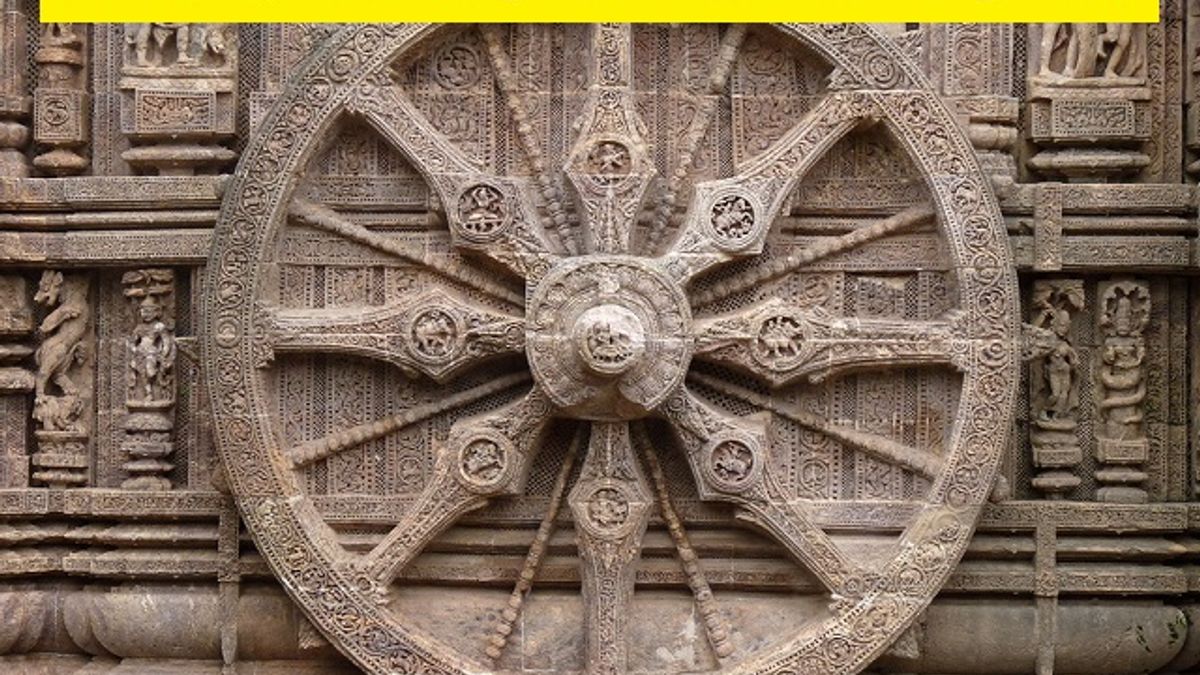
History Definition Class 6 WEHIST
NCERT history class 6 chapter 7 Ashoka, the emperor who gave up war.Timestamps - 00:00 | Introduction00:13 | Roshan's Rupees01:07 | A very big kingdom = an e.

NCERT Solutions For Class 6 History Chapter 7 Ashoka the Emperor who Gave up war
Ashoka's war in Kalinga; Ashoka's inscription describing the Kalinga war; What was Ashoka's dhamma? Ashoka's messages to his subjects; Important Terms Relevant for NCERT Solutions for Class 6 History Chapter 8 - Ashoka, The Emperor who Gave up War : Empire- An empire is larger than a kingdom and encompasses larger geographic and.
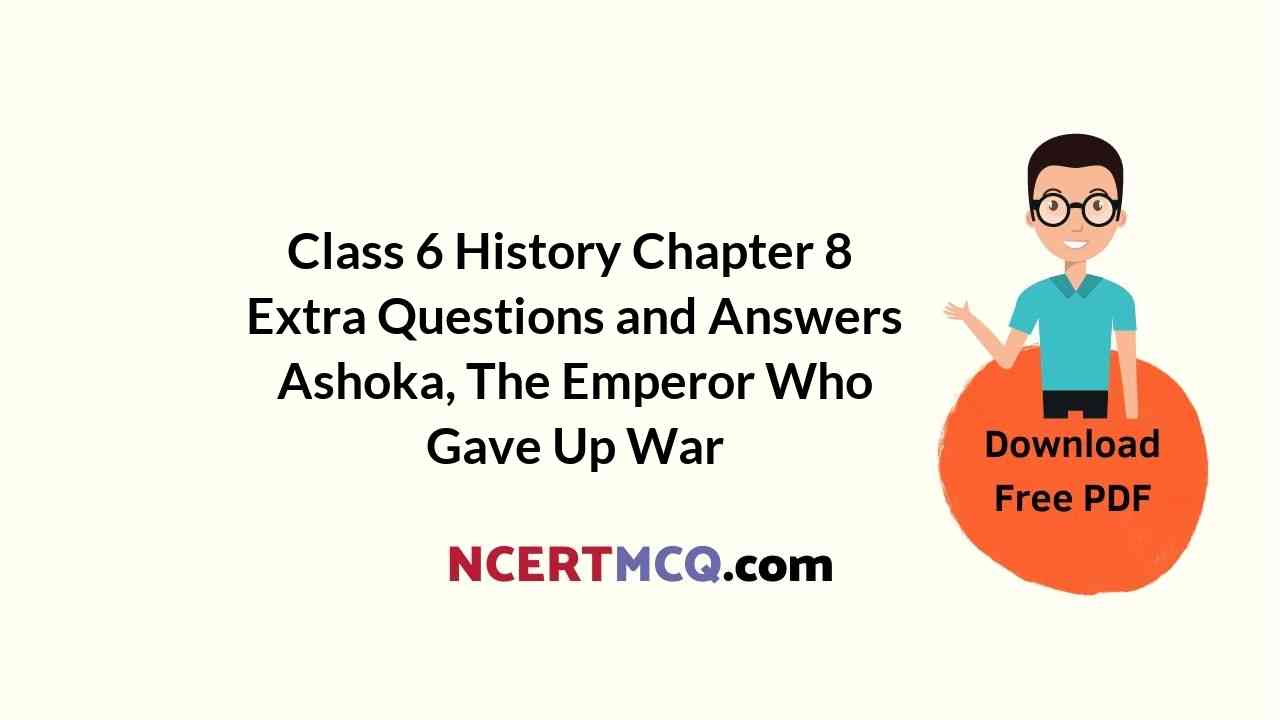
Online Education for Class 6 History Chapter 8 Extra Questions and Answers Ashoka, The Emperor
Ashoka, who ruled over much of the Indian subcontinent during the middle of the third century BCE, was a different sort of ruler. He acknowledged the common propensity: "One sees only what is good, thinking: 'I have done this good thing.'. One does not see as well what is bad, thinking: 'I have done this bad thing.'".

CBSE Class 6 Ashoka, Emperor Who Gave Up War Part I Offered by Unacademy
Around 2300 years ago (about 300 B.C.) - Chandragupta Maurya founded the Maurya empire. 273 B.C. - Ashoka's region began. 232 B.C. - Ashoka's death. 185 B.C. - the end of the Mauryan empire. We hope the given Ashoka, The Emperor Who Gave Up War Class 6 Notes Social Science History Chapter 8 SST Pdf free download will help you. If.
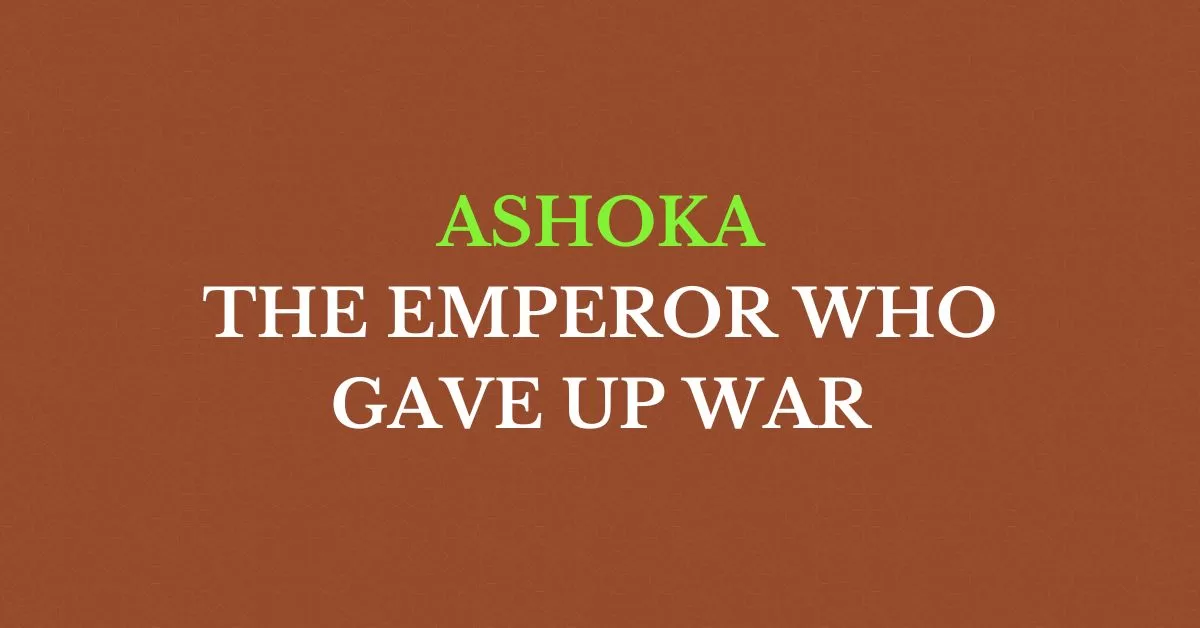
Ashoka The Emperor Who Gave Up War Class 6 MCQs in English
A Very Big Kingdom: An Empire Ashoka was one of the greatest rulers of history who ruled the empire founded by his grandfather, Chandragupta Maurya, over 2300 years ago. He was supported by a wise man named Chanakya or Kautilya. Chanakya's ideas were written down in the Arthashastra.

NCERT Solutions Class 6 History Chapter 7 Ashoka, The Emperor Who Gave Up War
NCERT Solutions for Class 6 History Chapter 7 "Ashoka, The Emperor Who Gave Up War" contains the solutions to the exercises given in the book "History - Our Pasts - I". This page will help you learn the right NCERT Solutions for the exercises provided at the end of the chapter.

Ashoka, The Emperor Who Gave Up War Class 6 Notes History Chapter 8 CBSE Labs
Class 6 Social Science students should refer to the following printable worksheet in Pdf for Our Past I Chapter 7 Ashoka, The Emperor Who Gave Up War in Class 6. This test paper with questions and answers for Class 6 will be very useful for exams and help you to score good marks.

Ashoka, The Emperor Who Gave Up War Class 6 Extra Questions History Chapter 8 CBSE Labs
Our Past I Chapter 7 Ashoka, The Emperor Who Gave Up War Social Science Worksheet for Class 6 Class 6 Social Science students should refer to the following printable worksheet in Pdf in Class 6. This test paper with questions and solutions for Class 6 Social Science will be very useful for tests and exams and help you to score better marks
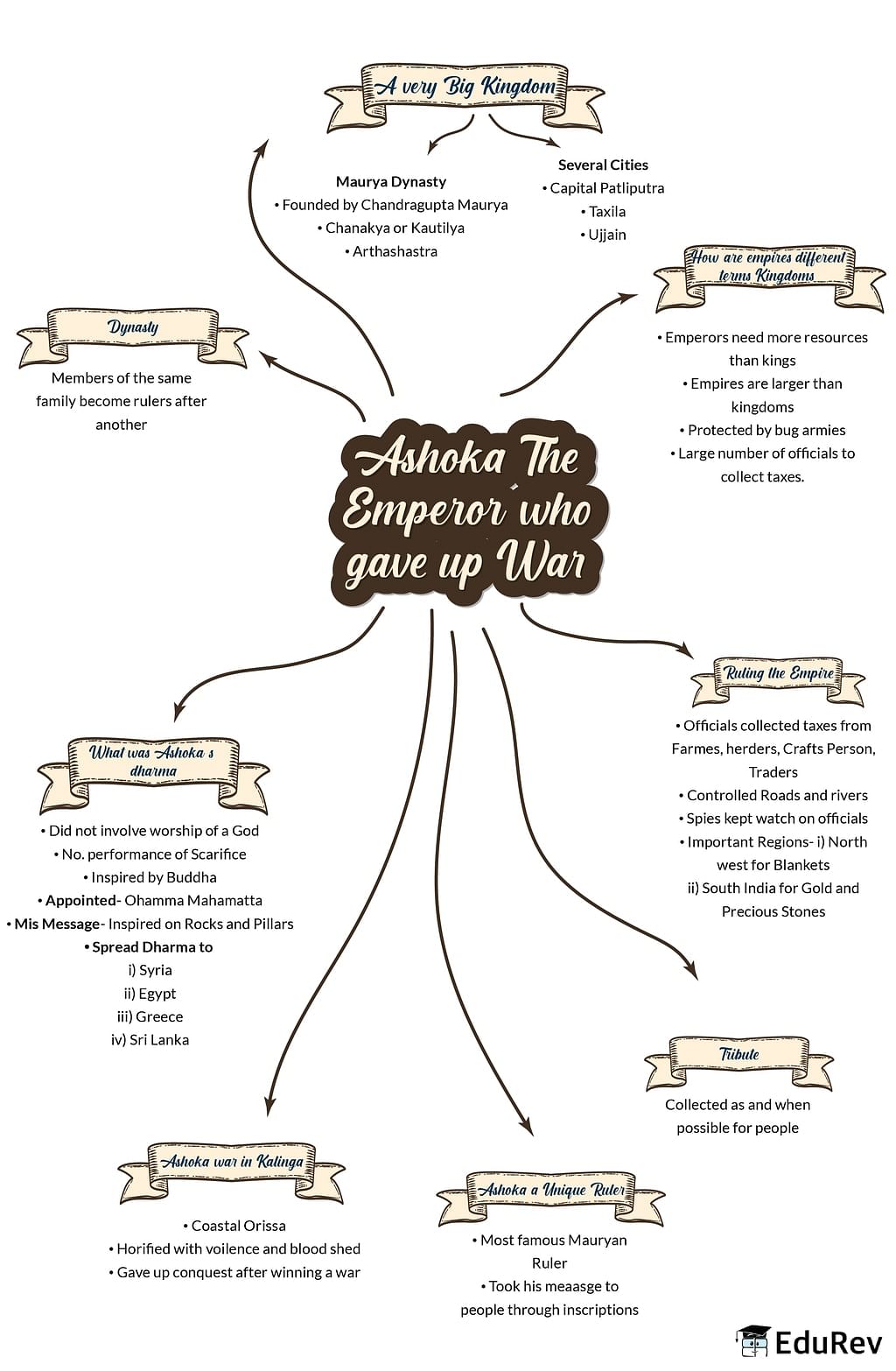
Mindmap Ashoka The Emperor Who gave up War SubjectWise Mind Maps for Class 6
NCERT Solutions For Class 6 Social Science History Chapter 7 . Ashoka . The Emperor Who Gave Up Wa. r. Q.1 Make a list of occupation of people who lived within the Mauryan Empire. The followings were the occupations of those people who loved within the Mauryan Empire: 1. Farming. 2. Handicrafts. 3. Trading. 4. Herding. 5. Hunting and gathering

Update 83+ biographical sketch of ashoka super hot in.eteachers
History - Class 6 / Grade 6 Chapter 7 - New Questions and Ideas - 3 Chapter 8 - Ashoka: The Emperor Who Gave Up War - 2 Chapter 8 - Ashoka: The Emperor Who Gave Up War - 1 Ashoka: The Emperor Who Gave Up War - Questions Ashoka: The Emperor Who Gave Up War Q1. Fill in the blanks. i.
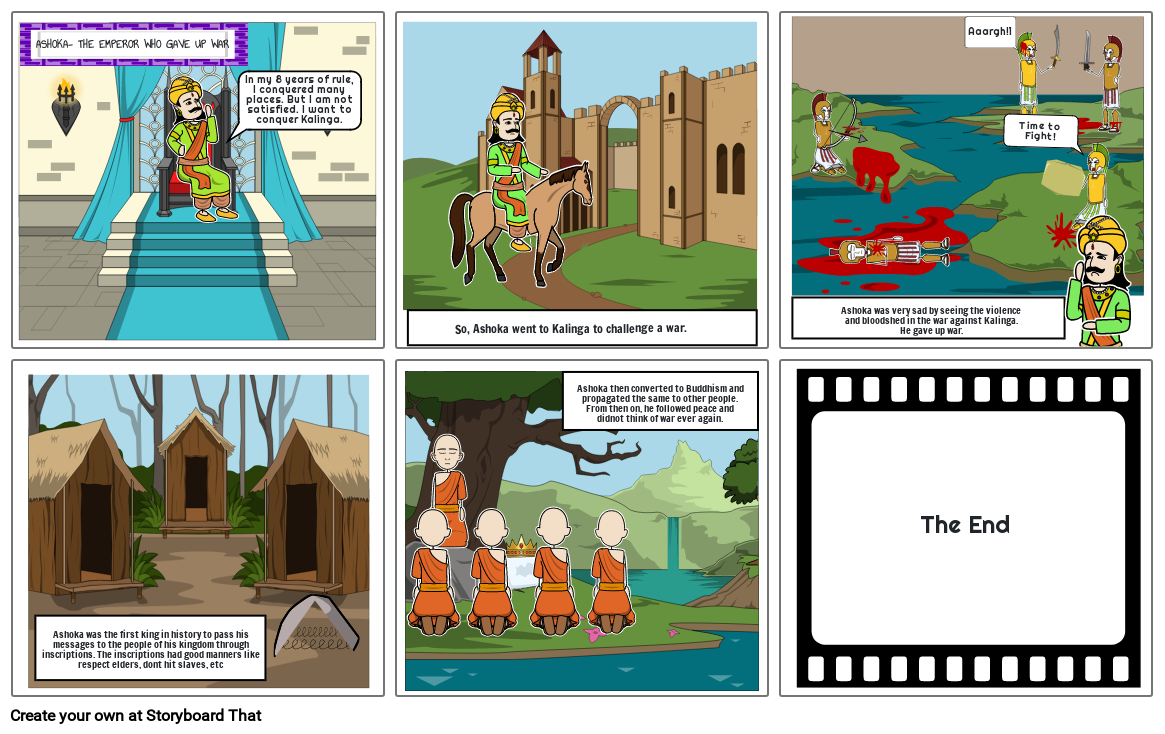
ASHOKA THE EMPEROR WHO GAVE UP WAR In my 8 years o...
Question 3: State whether true or false: (a) Ujjain was the gateway to the north − west. (b) Chandragupta's ideas were written down in the Arthashastra. (c) Kalinga was the ancient name of Bengal. (d) Most Ashokan inscriptions are in the Brahmi script. Answer: (a) Ujjain was the gateway to the north − west. False.